Topic: Behavioral Economics
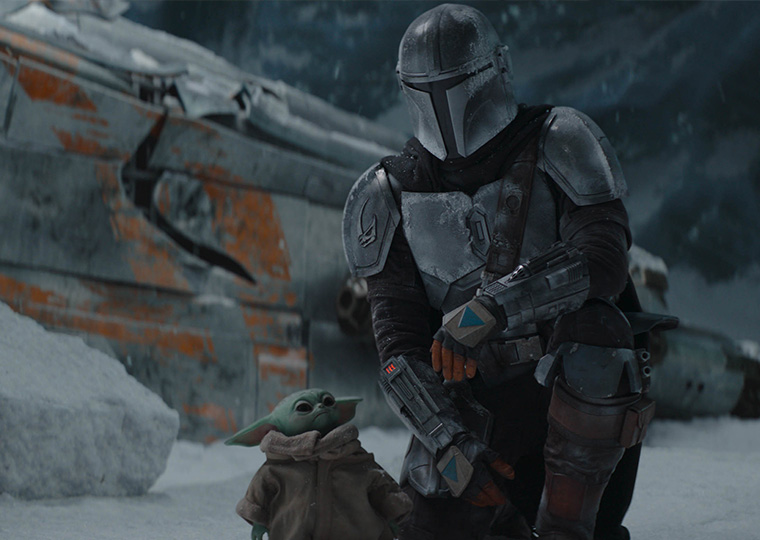
Streaming Platforms’ Exclusive Grip on Shows Is One of Modern Life’s Great Annoyances, But Things Could Be Worse
Absent these deals, smaller studios and streamers would suffer, TV might be less entertaining — and costlier

Most Job Seekers Skip Negotiation — and Pay a High Price
Even in lucrative fields, candidates leave money on the table by taking the first offer

Quirk of the ACT Test — Rounding to a Whole Number — Offers Rare Isolated Glimpse of the Value of Scores
Tracking the impact of a small test-score difference on college attendance and later life

Workers Increasingly Can Tap Earnings Throughout the Week, No Waiting for Payday
Programs make it easier to hire and retain workers; the convenience is typically not free

We Think Illegal Products Are More Effective
Because they’re harder to get, we assume they’re more potent — and thus preferable over legal ones.

Do Men Listen to Their Wives?
Study suggests husbands, unlike wives, don’t retain information spouses pass along
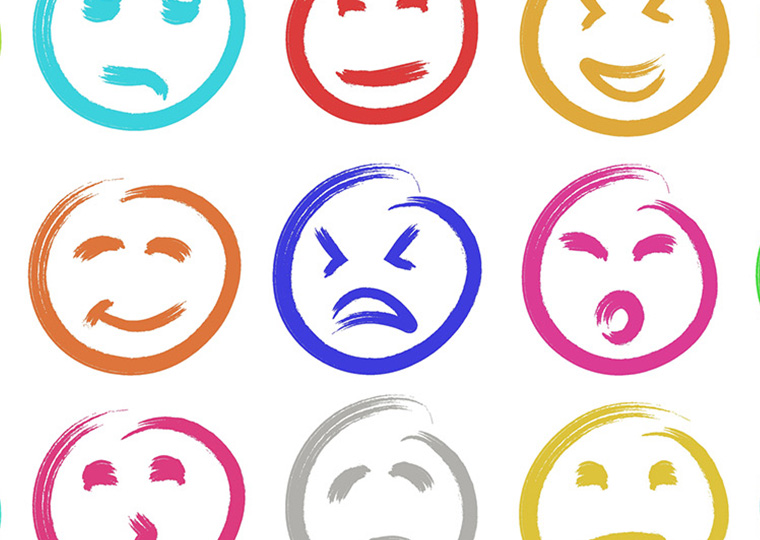
The Surprising Relationship Between Empathic Skill — the Ability to Read Others’ Feelings — and One’s Own Happiness
A surer path to contentedness might be believing one possesses empathy, even if one doesn’t
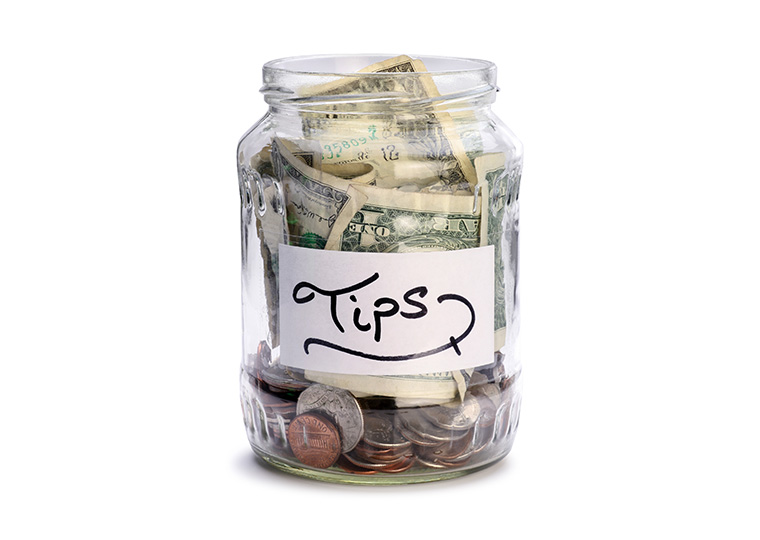
As Tipping Booms Online, How Can Platforms Maximize Their Take?
A conundrum: When others’ tips are visible, users make larger tips to keep up. But they tip more often when tips aren’t displayed online

Why Rising Stocks Sometimes Reverse, Then Rally
Cultural differences and investor behavior can drive reversals and momentum

As Few as Three Options Can Be Too Many for Online Shoppers
A large field experiment suggests two items is the sweet spot for converting motivated lookers into buyers
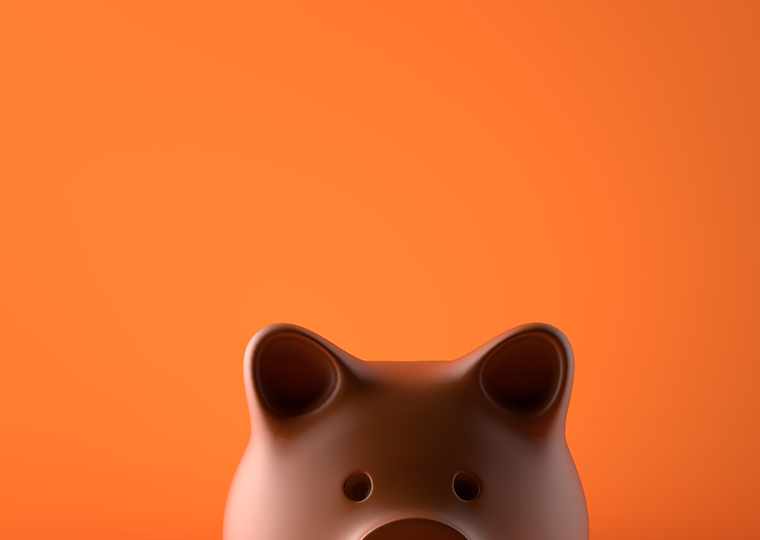
Oversight of Borrowed Money Creates Animosity
Friends lending to friends, taxpayers bailing out businesses feel it’s still their money and have opinions on how it’s spent

Segregation Compounds the Effects of Poverty
In Northern cities, railroad tracks that defined Black neighborhoods remain boundaries against economic mobility
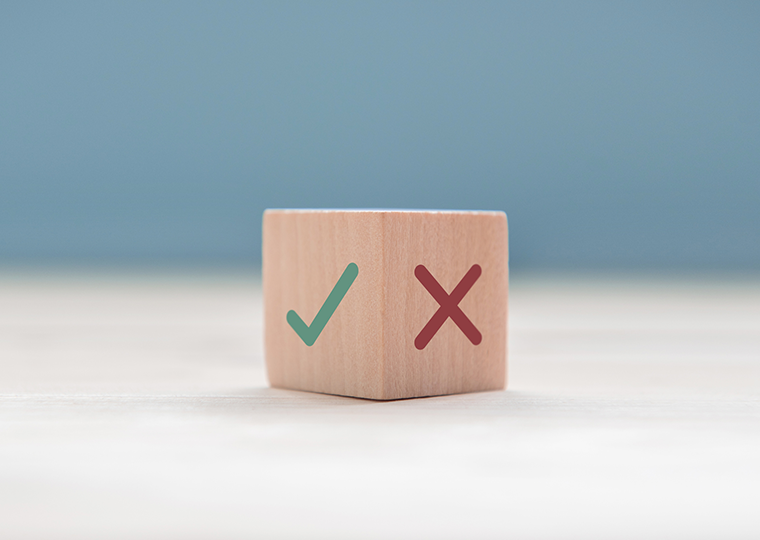
Institutions Make Mistakes: Which Should We Seek to Prevent; Which Ought We Fix After the Fact?
In experiments, people endorsed seemingly harsh policies — only to reverse course after the fact

Consumer Backlash to CEO Advocacy: Signaling or Act of Conscience?
An experiment seeks to isolate motivation and raises concerns for outspoken corporate leaders

How-To Guide for Happiness Surveys, Which Increasingly Drive Public Policy
Advice for researchers aims to help improve both data collection and its interpretation

Why Offspring of Rice Farmers Are Better at Detecting Emotions
Raising the crop is a communal project, more so than the work of wheat farmers, who’re less attuned to feelings of others